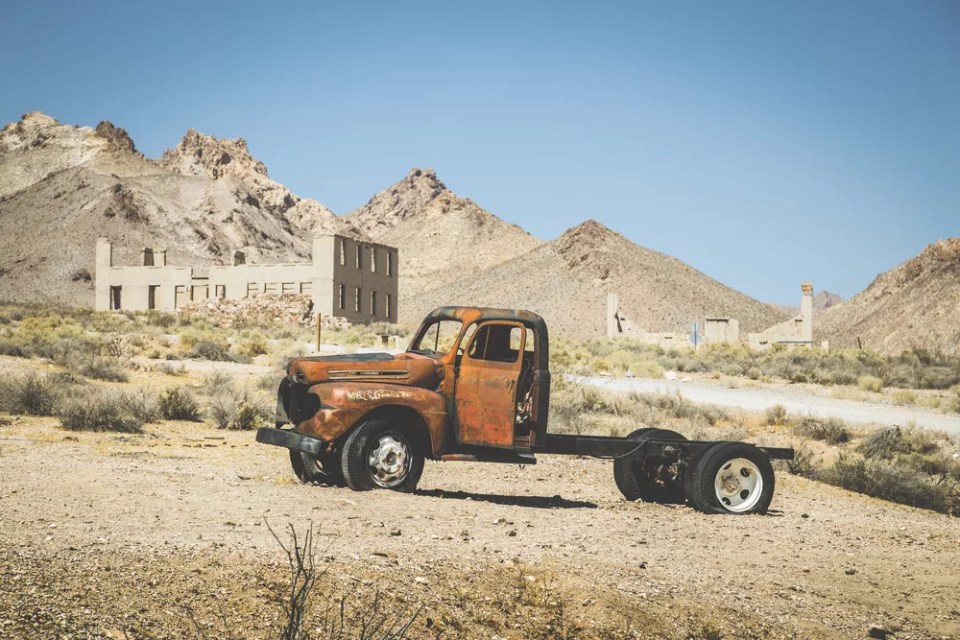Established in 1904 and abandoned by 1916, Rhyolite was one of many ephemeral boom-towns birthed in the waning years of the Gold Rush. The lure of gold embedded in local quartz mines attracted settlers to this desert town on the brink of Death Valley. By 1906, Rhyolite showed all the signs of becoming a permanent settlement, boasting the largest population in its vicinity.
As per the U.S. National Park Service, the town flourished rapidly, with new buildings popping up across the landscape. One such structure, a three-story marvel, was constructed at a whopping cost of $90,000. The town accommodated a stock exchange, a Board of Trade, a bustling red light district attracting women from distant places like San Francisco, and amenities like hotels, stores, a school for 250 children, two power plants, an ice factory, foundries, machine shops, and even a hospital for miners.
However, the 1907 financial crisis that hit the US markets was a severe blow to Rhyolite, causing banks, businesses, and mines to shut down. The town started to decline and by 1911, the mine had closed. In 1916, Rhyolite faded into darkness for good. Its ruins have since served as locations for various Western movies. Paramount Pictures restored the unique bottle house in 1925 for the movie “The Air Mail,” and it was renovated again later by locals.
Today, you can still witness various remnants from Rhyolite’s golden age. Parts of the three-story bank building and the old jail continue to stand, while the train depot, privately owned, is among the few fully intact buildings left in the town, alongside the Bottle House, restored by Paramount Pictures in January 1925. There’s an impressive train station and some other well-preserved ghost town ruins. Among the remaining buildings is a renowned house, whose walls are built with hundreds of glass bottles from Adolphus Busch products, today known as Budweiser.
Photo by depositphotos.com
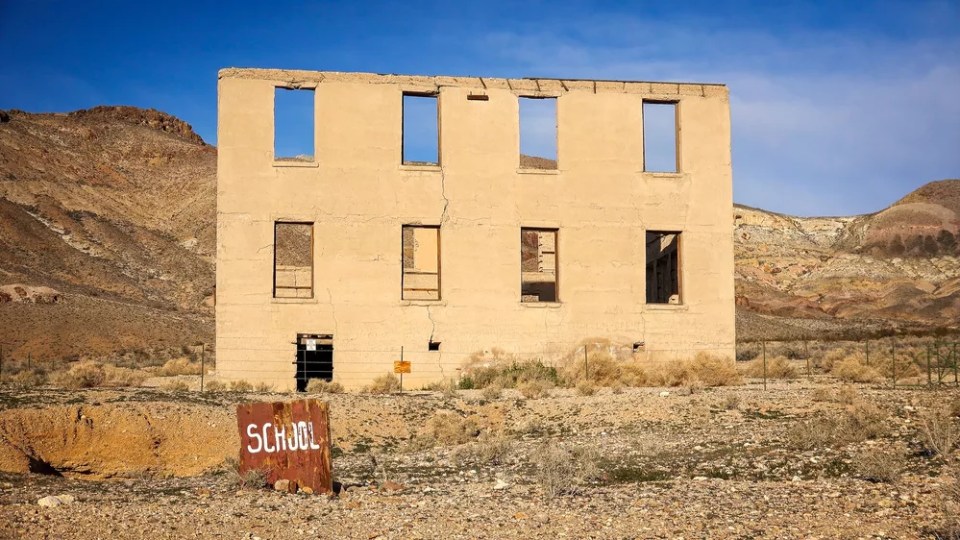
Photo by depositphotos.com
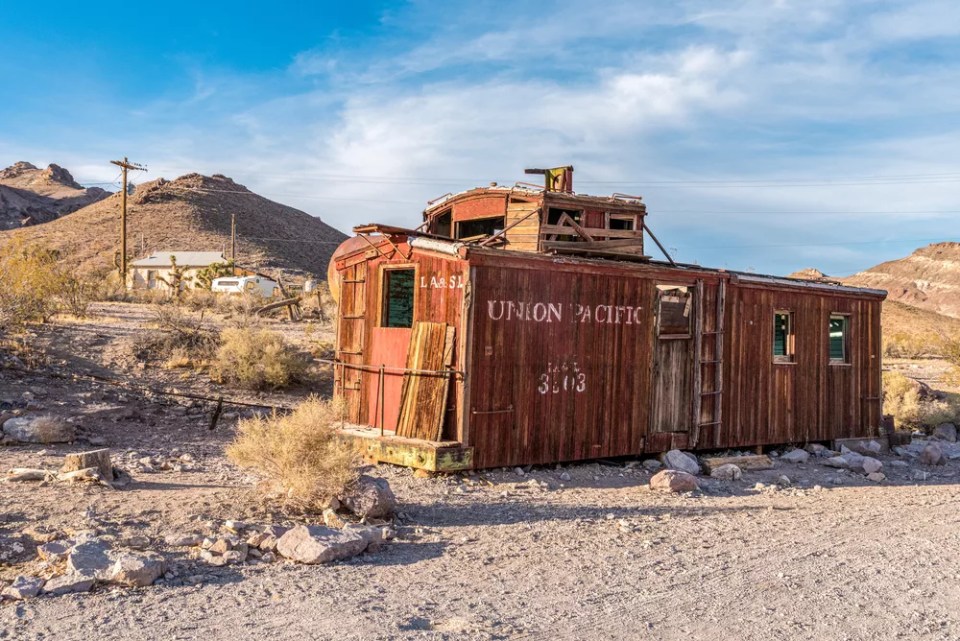
Photo by depositphotos.com
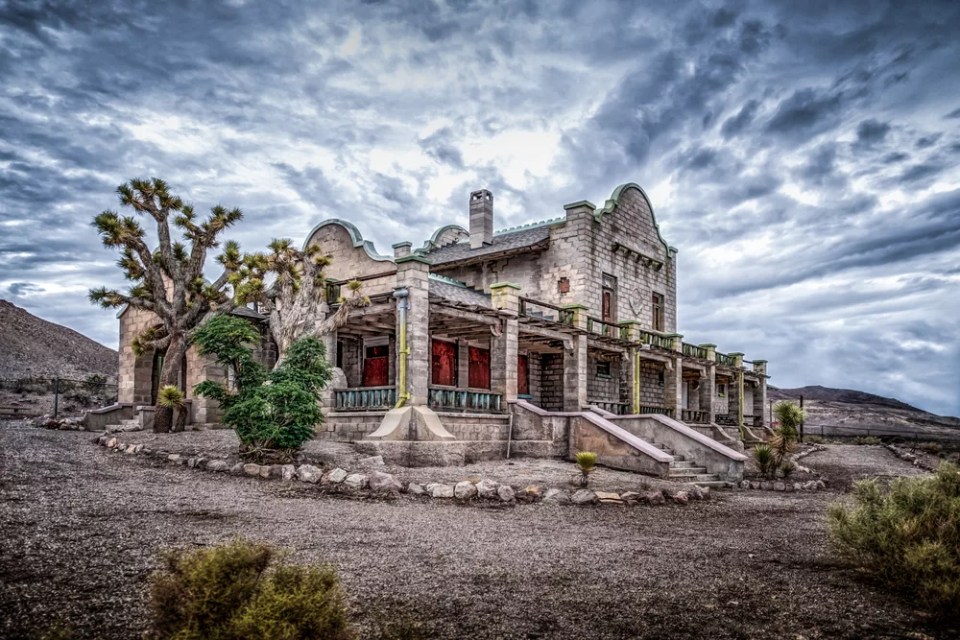
Photo by depositphotos.com
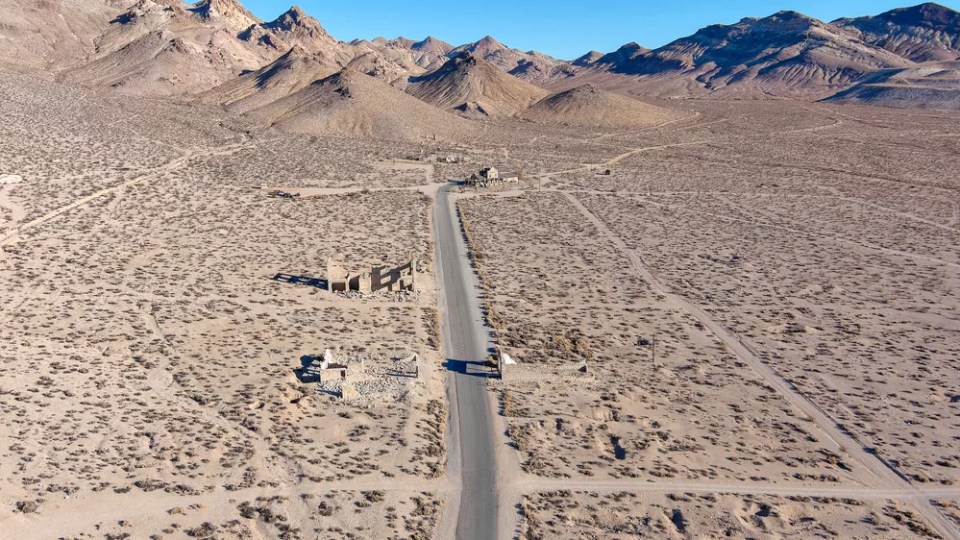
A bird’s-eye view of the Rhyolite ghost town in Nevada
Photo by depositphotos.com
Apart from the bottle house, Rhyolite is also known for its unusual array of artworks scattered across the town. As part of the Goldwell Open Air Museum, several artists have installed permanent sculptures since 1984. The most intriguing of these is perhaps a representation of “The Last Supper,” created by Belgian artist Albert…
Click Here to Read the Full Original Article at Unusual Places…
